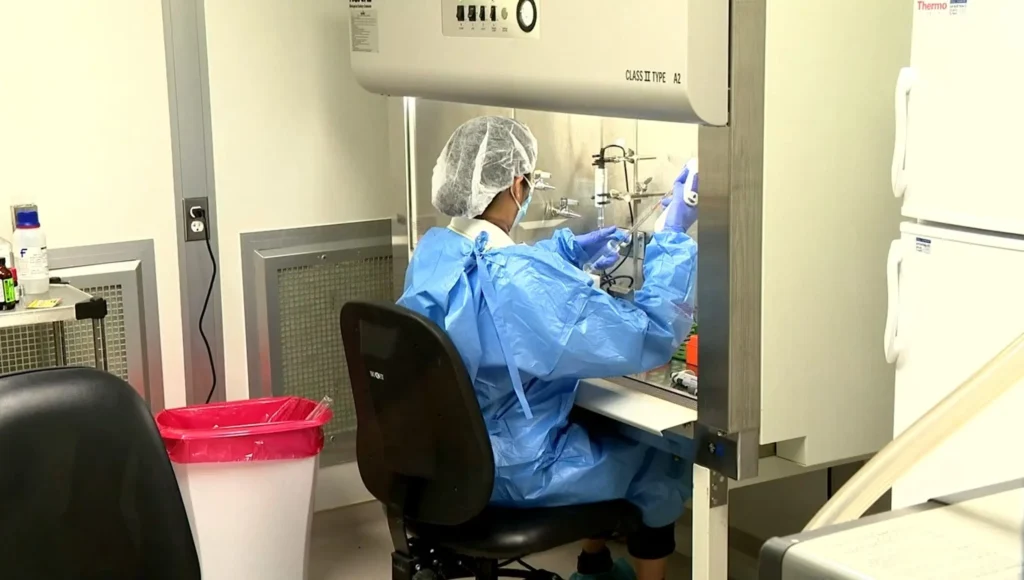In a groundbreaking study conducted by two University of Chicago scientists, a detailed simulation has provided insights into the sophisticated strategies employed by HIV to infiltrate the nucleus of host cells. Published in the Proceedings of the National Academy of Sciences, the research sheds light on the mechanics of this invasion, offering valuable information for a better understanding of HIV and proposing potential targets for therapeutic drugs.
Unraveling the Intricacies
The focus of the investigation was the HIV capsid, a cone-shaped structure containing the virus’s genetic material. This capsid plays a crucial role in compelling host cells to produce copies of key HIV components. The intricate machinery of the capsid, comprising over a thousand proteins, has long presented a mystery to scientists regarding the process it employs to enter the nucleus of host cells.

Capsid’s Clever Maneuver
The simulation revealed a fascinating mechanism – the smaller end of the cone-shaped capsid aligns with the pores of the nucleus and then incrementally maneuvers its way inside. The structural flexibility of the capsid and the characteristics of the pore itself were identified as pivotal factors in facilitating this infiltration process.
Arpa Hudait, a research scientist at UChicago and the study’s first author, highlighted the potential implications for drug development. “For example, you could try to make the HIV capsid less elastic, which our data suggests would hamper its ability to get inside the nucleus.”
Unveiling the Nuclear Pore
The study also presented the most extensive simulation to date of the nuclear pore complex, a crucial element in various biological processes. This intricate machinery serves as the gatekeeper for the nucleus, selectively allowing substances to pass through while maintaining the cell’s integrity.
Gregory Voth, the Haig P. Papazian Distinguished Service Professor of Chemistry and senior author of the paper, emphasized the challenges in studying this process in real-time. “The problem is, we can’t watch it live. You have to go to heroic experimental efforts to even get a single, moment-in-time snapshot.”
Future Implications
The research not only demystifies the long-standing puzzle of how the HIV capsid infiltrates the nucleus but also provides a foundation for further investigations. The findings could pave the way for novel therapeutic strategies by targeting the capsid’s elasticity, ultimately hindering its ability to breach host cell nuclei.
In essence, this simulation-based study offers a comprehensive understanding of the intricate dance between the HIV capsid and the nuclear pore, opening new avenues for future breakthroughs in antiviral research.



